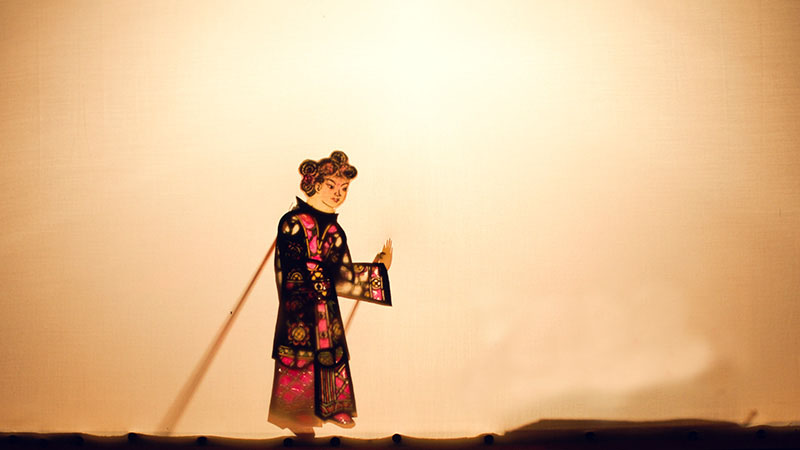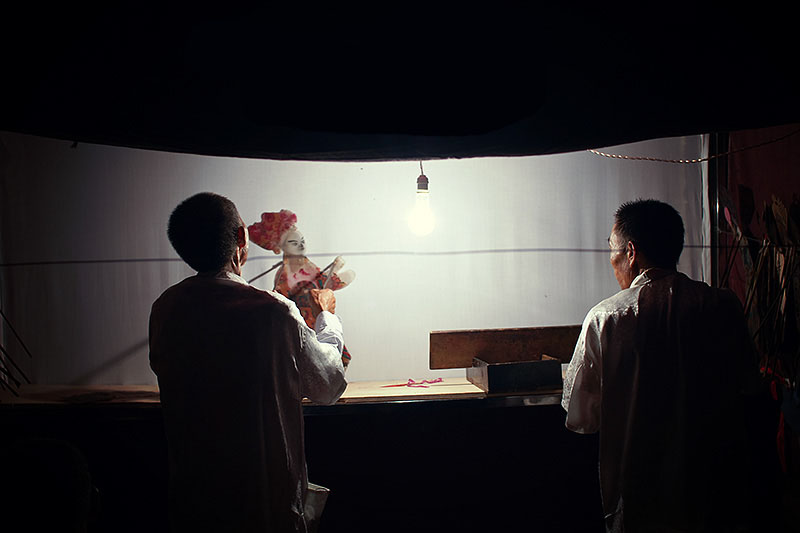
In Ming Dynasty, shadow puppet play was played by only one person with fisher drums as the musical instrument. When it entered Qing Dynasty, shadow puppet play was performed by two persons as a team with gong, drum and urheen as the main musical instrument. And they performed the play in the way that one person play the musical instruments and the other control the flat articulated figures. The story told by the play were mainly folk legend, historical tales and so on.
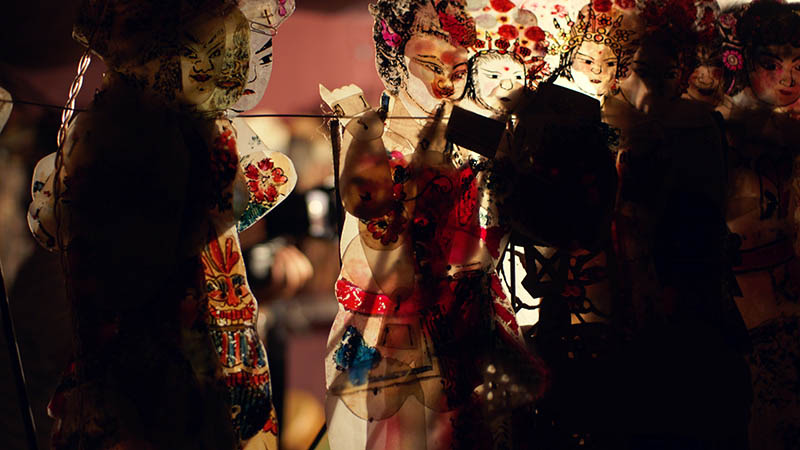
Shadow Puppets Play Association in Hengyang was funded in 1984 by the 30 members of Futian Community with their 15 plays. Cao Degui was the general director of the association. The performer from Futian, Wang Chunyun was invited to perform in the temple fair in 1985, whose performance there was appreciated by more than 400 audience and the director of the Provincial Shadow Puppets Play Association, Chen Maizhong. Futian Shadow Puppets Play Association had its personnel adjusted and rearranged in 1985. Yan Changkun, the secretary of the Futian CPC Cpmmittee. Was elected the director of the association. The second shadow puppets play joint performance was held on October 16th 1985, in which in total 9 performances was played. Among these 9 performances, one was awarded first award, three were awarded second award and five were awarded third award. The performance team from Xuzhou Town and Zhurong Town were invited to participated in the joint performance and they had been awarded memorial awards.
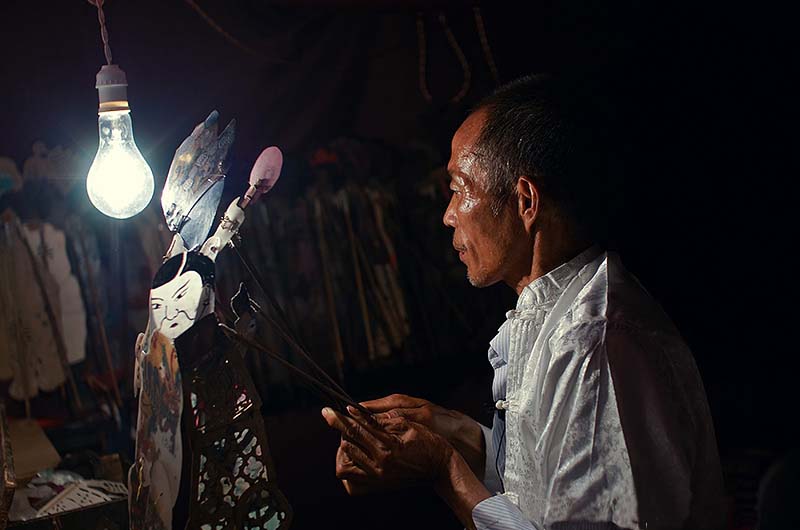
In the meantime, the meeting of the shadow puppets play performers was held and Wang Chunyun was elected the new general director of the Shadow Puppets Play Association in Xinming Town. Fu Tianpu County was named the Birthplace of Shadow Puppets Play in Hunan Province by Hunan Provincial Government.
Following content is a brief introduction of the history of the shadow puppets play in Fu Tianpu Town. Among all the artistic forms, shadow puppets play might be the most special and popular one. Fu Tianpu Town would be the most representative in Hengshan County.
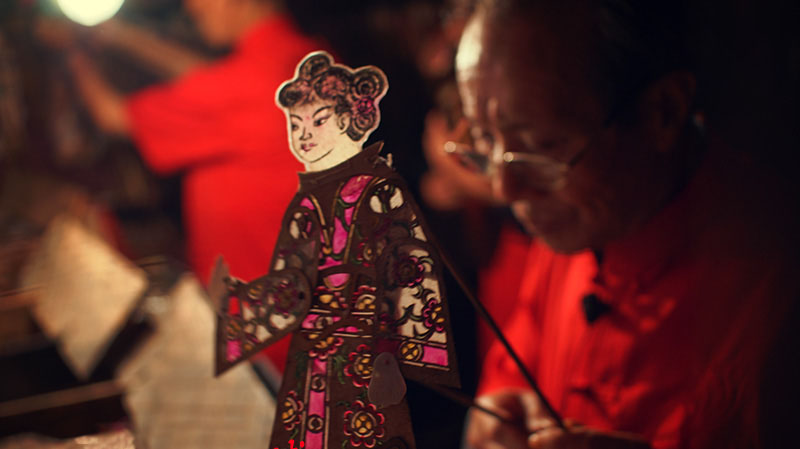
It is known that shadow puppetry originated during the Han Dynasty when one of the concubines of Emperor Wu of Han died from an illness. The emperor was devastated, and he summoned his court officers to bring his beloved back to life. The officers made a shape of the concubine using donkey leather. Her joints were animated using 200 separate pieces of the leather, and adorned with painted clothes. Using an oil lamp they made her shadow move, bringing her back to life. Shadow theatre became quite popular as early as the Song Dynasty when holidays were marked by the presentation of many shadow plays. During the Ming Dynasty there were 40 to 50 shadow show troupes in the city of Beijing alone. In the 13th century, the shadow show became a regular recreation in the barracks of the Mongolian troops. It was spread by the conquering Mongols to distant countries like Persia, Arabia, and Turkey. Later, it was introduced to other Southeastern Asian countries. The earliest shadow theatre screens were made of mulberry paper. The storytellers generally used the art to tell events between various war kingdoms or stories of Buddhist sources. Today, puppets made of leather and moved on sticks are used to tell dramatic versions of traditional fairy tales and myths. In Gansu province, it is accompanied by Daoqing music, while in Jilin, accompanying Huanglong music forms some of the basis of modern opera.
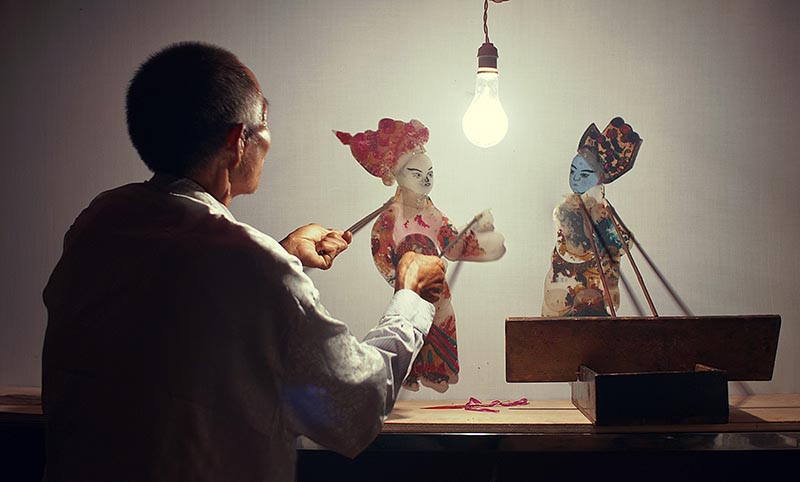
The puppet play in Hengshan appeared in Shunzhi Period in Qing Dynasty. Peng Fengju, a peasant in Fu Tianpu Town learned how to perform the play and returned to Hengshan and funded a folk association of shadow puppets play, “Old Dragon Community”. From then on, shadow puppets play began to show up in Hengshan. Until now, the shadow puppets play in Hengshan has gone through 360 years. In the late 1930s, the skills to make shadow puppets here has become very delicate and professional. The height of the puppet has reached one chi and three cun, the dedication on the puppets were more and more beautiful and vivid. Until then, the shadow puppets play in Hengshan with its folk art form and cheap cost became the necessary entertainment for the people there.
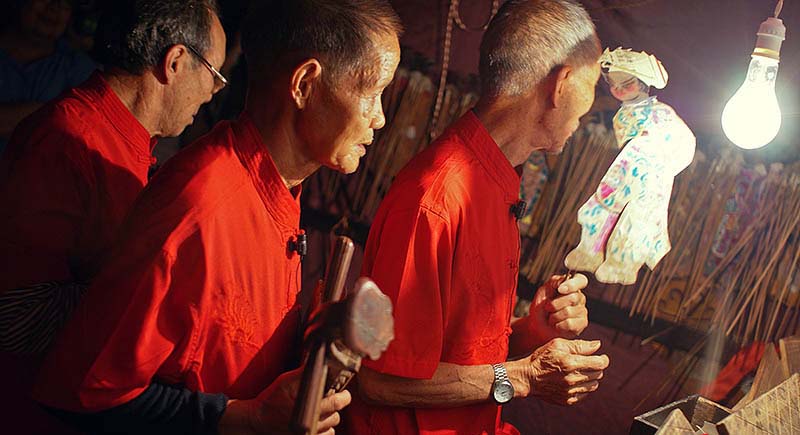
After the foundation of the PRC, the shadow puppets play in Hengshan has been developing quickly and well. The performers there collected money and bought new equipments and facilities of the shadow puppets play themselves, which helped the shadow puppets play there make great progress. The deputy director of the National Bureau of Culture of China, Xu Pingyu visited Hengshan and he asked to appreciate the performance of shadow puppets in 1965. Shadow Puppets Play Association in Hengyang was funded in 1984 by the 30 members of Futian Community with their 15 plays. Cao Degui was elected the general director of the association according to the rules and regulations of the association. The performer from Futian, Wang Chunyun was invited to perform in the temple fair in 1985, whose performance there was appreciated by more than 400 audience and the director of the Provincial Shadow Puppets Play Association, Chen Maizhong. Fu Tianpu County was named the Birthplace of Shadow Puppets Play in Hunan Province by Hunan Provincial Government. In May 2000, Fu Tianpu Town was named the Birthplace of Chinese Folk Art by the National Bureau of Culture of China.
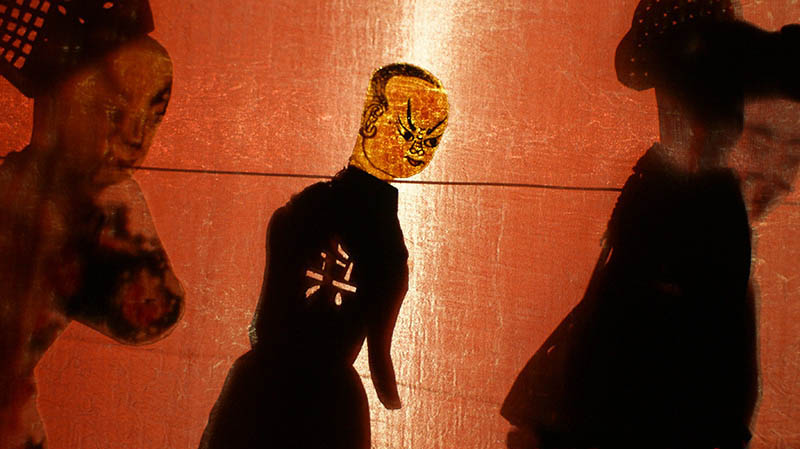
By now, there are more than 30 teams of shadow puppets play with more than 60 performers. In recent years, Fu Tianpu Town has held annual Shadoe Puppet Play Art Festival in which all the performers would gather together and learn form each other the skills of the shadow puppet play.
Translated by Huang Mei.
